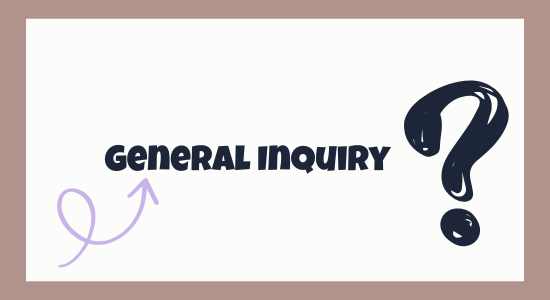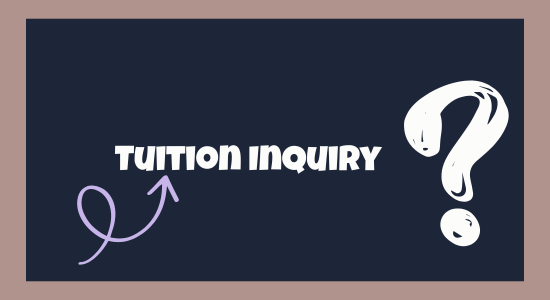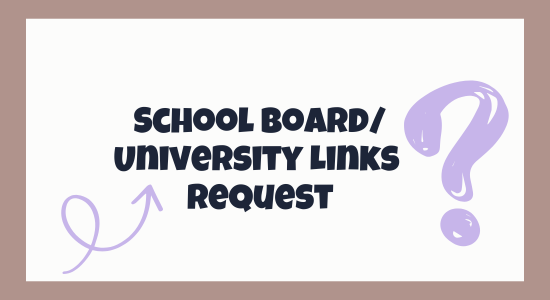
PROBLEM: “I Don’t Get It—Why Is Energy So Complicated?”
If you're a student trying to understand global energy, chances are you’ve found yourself thinking something like this:
“Why is everyone so divided about fossil fuels and renewables? Isn’t it obvious which one is better?”
Not quite. The debate is layered. On one side, you’ve got fossil fuels—oil, coal, natural gas. On the other, solar panels, wind turbines, hydroelectric dams. One is powering most of our lives today. The other promises a cleaner tomorrow.
But when exams ask you to compare them—or when real-life issues like energy crises or climate change come up—it gets tricky. Should we keep using what works or jump to what’s sustainable?
AGITATE: Misunderstanding This Isn’t Just an Academic Problem
Here’s why this confusion matters more than you think.
- In exams, vague answers like “renewables are good for the environment” won’t cut it. You’ll need solid comparisons—efficiency, costs, availability, and impact.
- In real life, energy decisions shape everything: your electricity bill, job markets, even politics. If you don’t know the trade-offs, it’s easy to fall for oversimplified opinions or misinformation.
- In future careers, especially in engineering, policy, or sustainability, you'll be expected to understand both sides. That includes knowing the limits of renewables and the strengths of fossil fuels.
Let’s fix that today. You’re going to get a complete, realistic, and practical understanding of both energy sources—and you’ll be able to explain it with confidence.
SOLUTION: Breaking It Down Step by Step
Step 1: Understand What We Mean by Fossil Fuels and Renewable Energy
Fossil Fuels: Formed from ancient organic matter buried under pressure for millions of years. This includes:
- Coal – used for electricity and industrial heating.
- Oil (Petroleum) – used for transportation (cars, planes) and plastics.
- Natural Gas – used for heating, electricity, and cooking.
Renewable Sources: Energy that comes from naturally replenishing sources.
- Solar – energy from the sun.
- Wind – energy from air movement.
- Hydropower – energy from flowing water.
- Geothermal – energy from the Earth’s internal heat.
- Biomass – energy from organic materials like plant waste.
Key difference:
Fossil fuels are finite and emit greenhouse gases. Renewables are infinite (as long as the sun shines, wind blows, rivers flow) and cleaner.
Step 2: Compare the Pros and Cons (Side-by-Side Table)
| Factor | Fossil Fuels | Renewable Sources |
| Availability | Widely available, existing infrastructure | Depends on geography (e.g., sun, wind) |
| Cost (2025) | Initially cheaper, but price volatile | Becoming cheaper (e.g., solar prices down 89% since 2010) |
| Reliability | Works 24/7, controllable supply | Intermittent (sun doesn’t shine at night) |
| Environmental Impact | High emissions, pollution | Low emissions, but needs land/materials |
| Energy Density | High (a small amount = lots of energy) | Lower density (needs more space) |
| Jobs Created | Traditional sector jobs | Fast-growing sector (wind/solar tech) |
Step 3: Learn from Real-World Examples
Let’s look at how countries are handling this.
1. Germany – Energiewende (Energy Transition)
Germany committed to phasing out nuclear and coal. By 2023:
- Renewables made up 51% of electricity production.
- But on cloudy, windless days, fossil fuels still filled the gap.
- Lesson: Infrastructure and backup systems matter.
2. India – Solar Boom with Challenges
- India is investing heavily in solar farms.
- By 2022, solar capacity reached 61 GW.
- However, coal still supplies over 70% of electricity.
- Lesson: Transition is slow due to rising demand and grid issues.
3. Texas, USA – Wind Power Leader
- Texas is one of the biggest producers of wind energy.
- In 2023, wind generated more power than coal in the state.
- But during storms (like the 2021 freeze), wind turbines failed and gas plants were overwhelmed.
- Lesson: Diversity and resilience are key.
Step 4: Understand the Transition Timeline
People often ask, “Why can’t we just switch to renewables now?”
Good question. Here’s why it’s not instant:
1. Infrastructure Needs an Upgrade
Our current grid is built for fossil fuels. Renewables need batteries, smart grids, and new storage tech.
2. Economics
Some developing countries can’t afford large-scale renewable installations yet. Fossil fuels are still cheaper upfront.
3. Energy Demand Is Growing
As populations and tech grow (think EVs, AI data centers), we need more energy—not just cleaner energy.
4. Politics and Policy
Energy policies, subsidies, and global agreements take time to change and implement.
Step 5: Bust Common Myths
Myth 1: “Fossil fuels are outdated.”
Truth: They still provide over 80% of global energy as of 2024.
Myth 2: “Renewables can’t support the economy.”
Truth: Solar and wind created over 12 million jobs globally by 2023.
Myth 3: “We’ll run out of fossil fuels next year.”
Truth: We have decades left, but using them worsens climate risks.
Myth 4: “Renewables have zero impact.”
Truth: They require mining (e.g., lithium for batteries), land use, and sometimes harm wildlife (e.g., bird deaths from wind turbines).
Step 6: Understand Where We're Headed
The Future Isn’t Binary—It’s a Mix
Think about your phone. It uses:
- Battery (renewable-compatible)
- Charging stations (often powered by fossil fuels)
- Data centers (huge energy consumers)
The same applies to global energy. We’re not switching overnight, but gradually building a hybrid system. Here’s what experts predict:
- Short Term (Next 5–10 Years): Continued mix. Fossil fuels remain dominant, but renewable share keeps rising.
- Medium Term (10–20 Years): Renewables overtake fossil fuels in many countries.
- Long Term (2050+): Near-total shift to renewables, assuming policy and tech progress.
Step 7: What Can You Do as a Student?
This topic isn’t just for policymakers. Here’s how you can stay ahead:
- Be Energy-Literate: Understand how power gets to your devices.
- Research Smart: Use sources like IEA (International Energy Agency), IPCC, and national energy reports.
- Debate with Facts: Whether in class or on social media, back up your arguments with data.
- Choose Careers Wisely: Fields like green engineering, sustainable design, and energy policy are booming.
- Practice Daily Awareness: Simple things like reducing waste, saving electricity, and understanding your energy bill matter.
Fossil Fuels vs. Renewables
Let’s wrap it up simply:
| Question | Answer |
| Are fossil fuels bad? | They’re effective but polluting and limited. |
| Are renewables perfect? | No—they’re clean but need tech, space, and planning. |
| Which one is the future? | A smart, gradual shift toward renewables, backed by realistic support systems. |
So, next time someone asks you which energy source is the future, don’t just say “solar!” or “we still need oil!” Say this:
We’re transitioning. Fossil fuels still carry the load, but renewables are growing fast. The future is about balancing both—until clean energy can fully take over.
0 Comments
-
Comments will be injected here via JS












Post a Comment